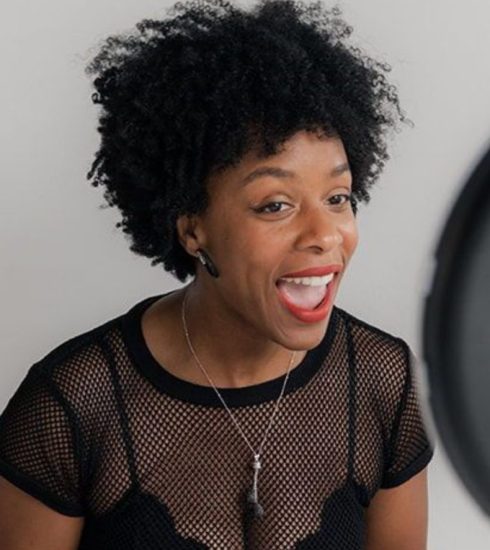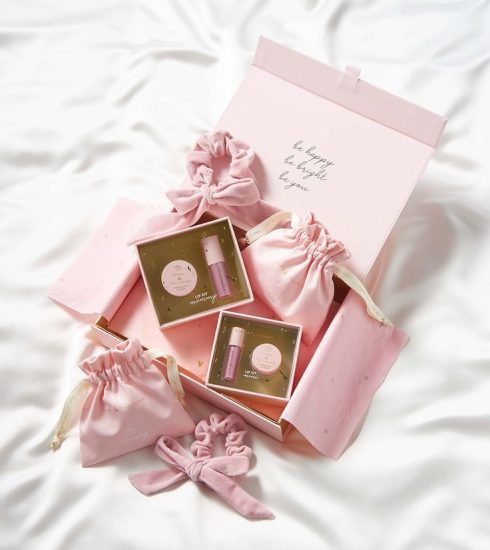Transitioning To Natural Hair
8 TIPS TO HELP GROW OUT YOUR RELAXED HAIR
Consistency, commitment, and patience are not the only things required for transitioning your relaxed hair to natural. You need a primer on the best natural hair care product to use during that period and an adequate understanding of how your hair grows.
Every human’s hair is different, so the step to transitioning from relaxed to natural hair may seem universal, but the way your hair will respond to the process may be different from another’s. And that’s why you should remember that there is no right or wrong way to transition to natural hair – the goal is to have healthy hair.
If your preference is maintaining length, it is possible for you to transit to natural hair without giving your hair a big chop. Although, whether you decide to cut it or not, be prepared that it will take some time for your natural curls to come in and shape up.
Many find transitioning daunting, but before you know it, you’ll have a
natural hair routine, and your curls will roll right in. Among the many questions people ask are: “What is a good routine for transitioning to natural hair?” Or “how long does it take to transition to natural hair?” This article will show eight tips to help transition your relaxed hair to natural.
(1) Be Patient
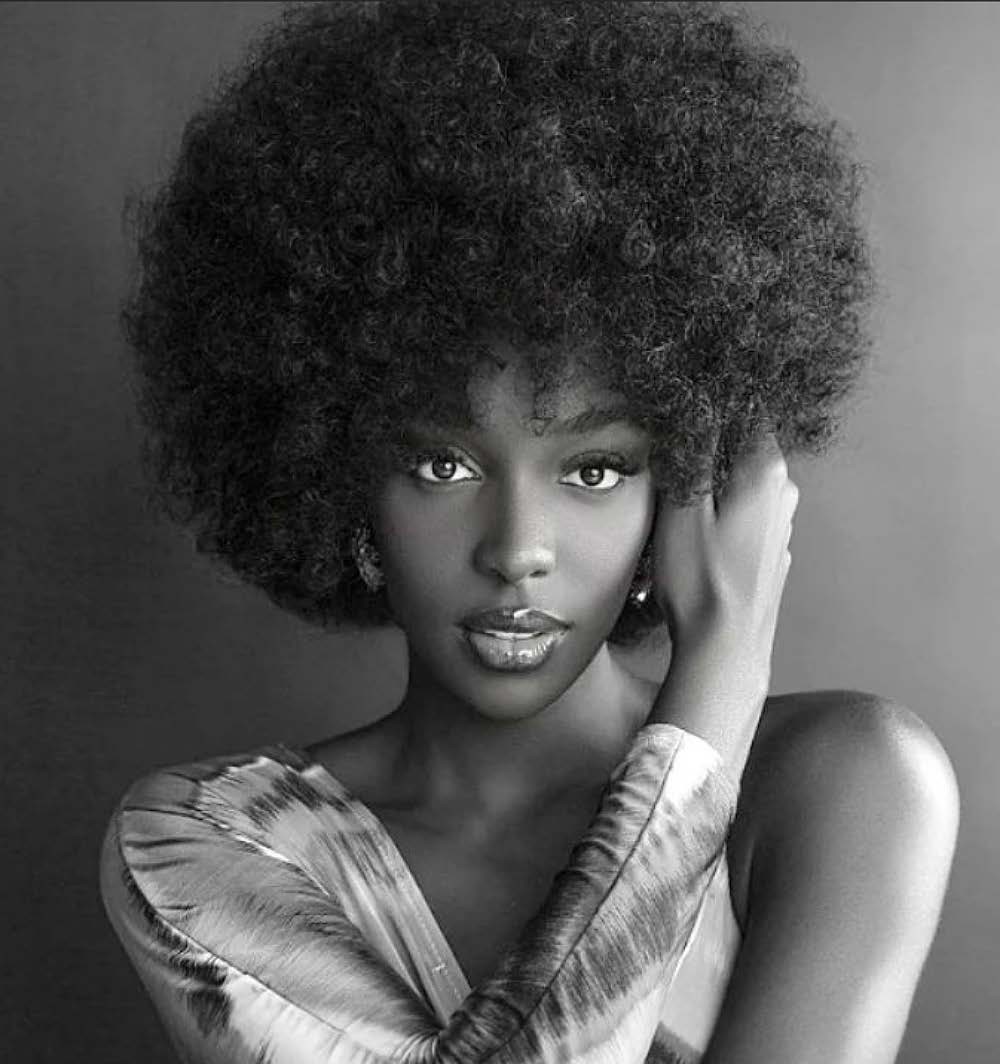
It will take at least three to four months to see the transition changes. It doesn’t matter whether you give your hair a big chop or you gradually grow out the relaxer. In fact, for some people, it takes up to a full year before they are entirely chemical-free.
It all depends on how long your hair takes to grow and how well do you treat and protect it during the transition phase. Managing your expectations through the transitioning process will help make the stages less frustrating
because, at some point, it will become tough.
But while you are at this stage, try to set a time frame for when you want to rock a particular curly hairstyle, and as time goes by, you will achieve your natural hair goal. It just may not be within the window that you designed
(2) Cut When Necessary
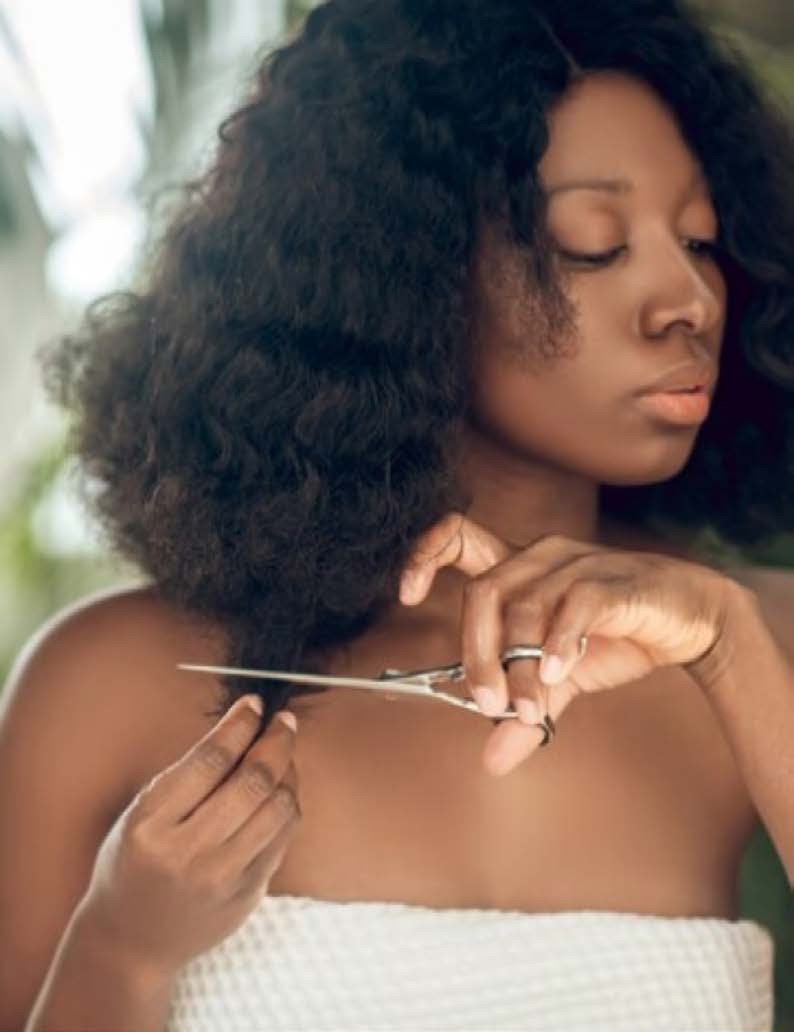
If you are part of the category that wants to transition to natural hair without cutting it, there are a few ways to grow
natural curls, but it is important to know that for the health of your budding curls, some cutting is necessary. It doesn’t really mean a big chop, but just a gradual trimming of the ends of your hair every six to eight weeks to help speed up the process.
Doing this will strengthen your fragile strands as they transition from being straightened by chemicals.
(3) Deep Condition Often
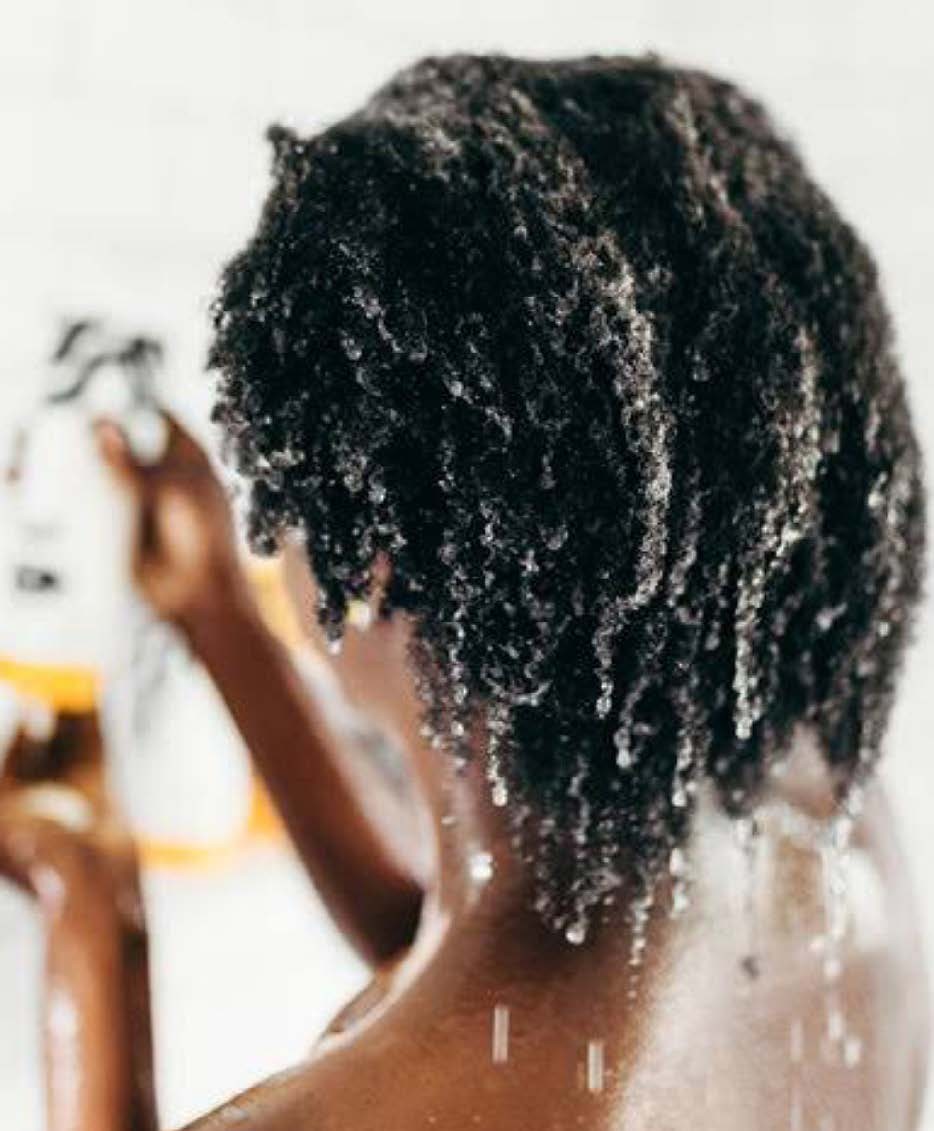
Deep Conditioned Hair
Any hair that is transitioning is very fragile. The most challenging part is when your new growth and previously straightened strands meet, but all you have to do is treat that area with extra care. You can achieve that by keeping
the hair from drying out by deep conditioning. Failure to do so will lead to hair breakage.
(4) Plan Out Your Protective Styles
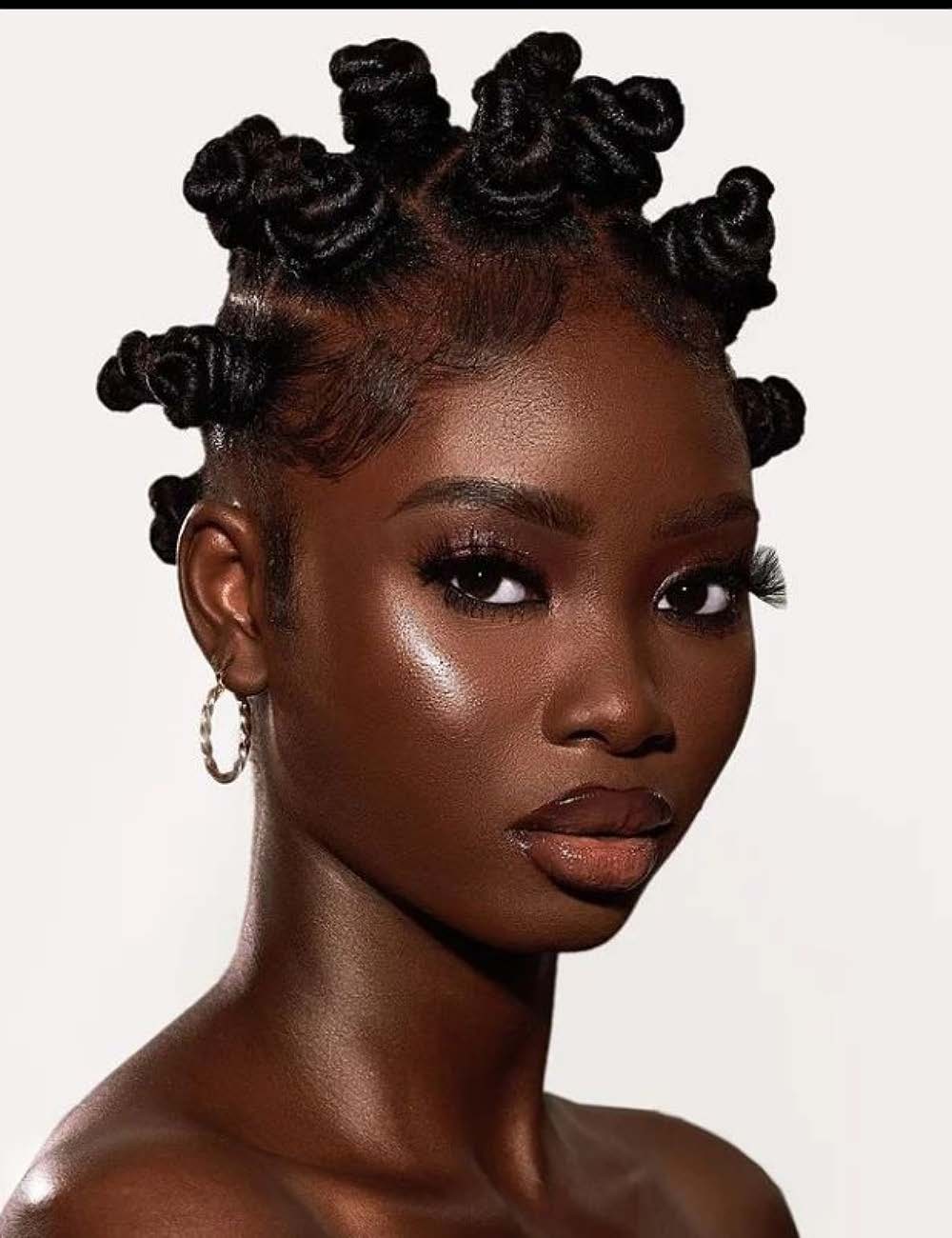
Protective Style
Protective hairstyles give your hair a moment to breathe and go untouched, making the concept ideal during transitioning. When choosing a protective hairstyle, ensure you keep the tension off your hairline, temples and nape of your neck.
To plan your protective style, you can map out your styling option. You might go for box braids for a few months, then flexi-rod sets for a couple of weeks or something else entirely. Doing this will give you some short-term switch-up to look forward to and also help take your mind off how much your curls have grown.
(5) Cut Back On Heat Styling
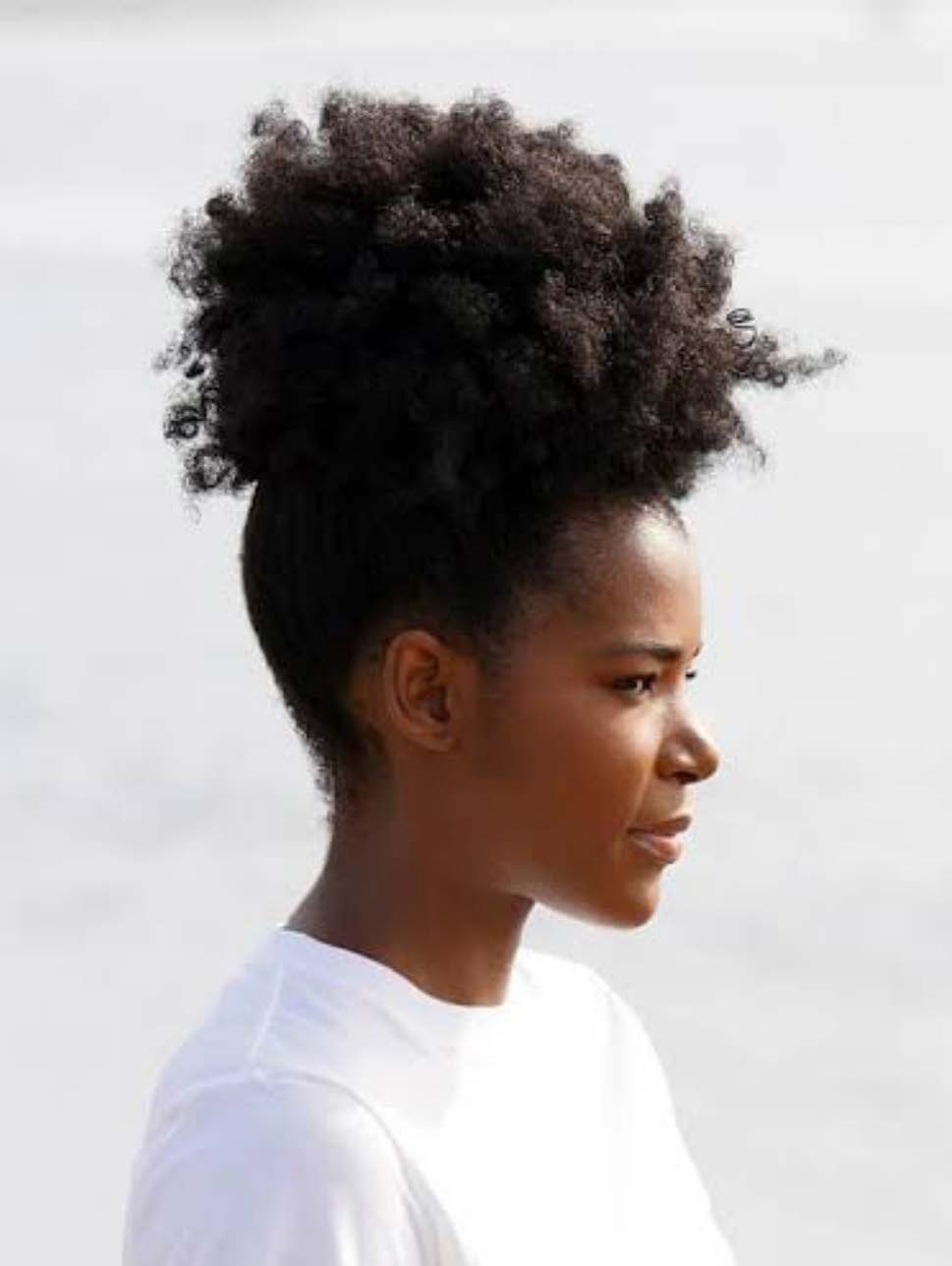
Cutting back on heat styling is one of the most crucial transitioning hair tips. The same reason you need to deep condition more often is the same reason you need to reduce the amount of heat you apply to your hair. You might want to maintain a straight look until you get enough new growth to wear your hair curly, but remember that the heat from the hot tools can dry your hair and cause breakage.
It can also compromise the state of your new curls by changing the curl pattern it is growing into. Your curls may look stretched out, heat damaged or warped.
(6) Don’t Stress The Shedding
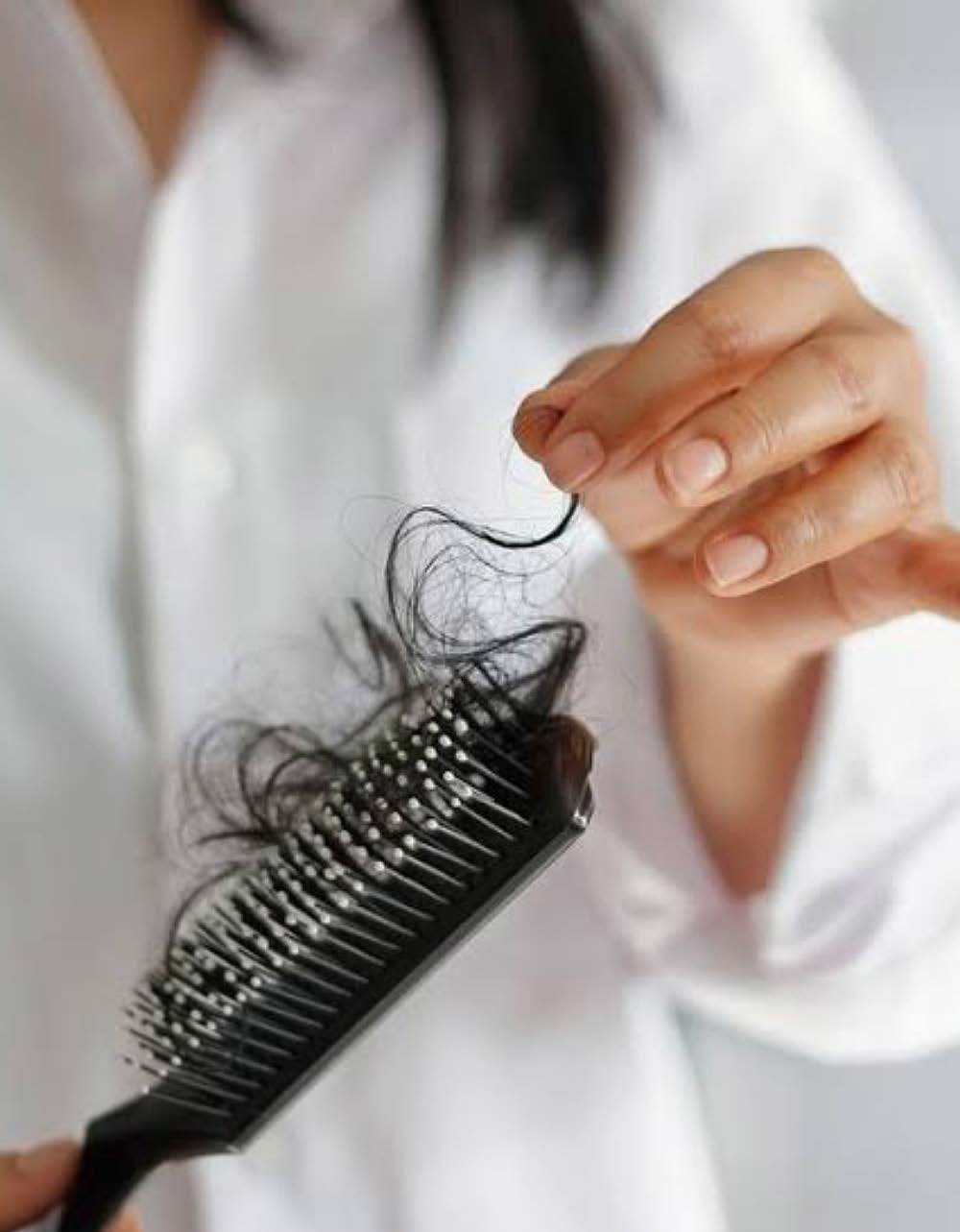
Does transitioning hair shed a lot? Yes. Is it reversible? Somewhat. When transitioning to natural hair, there will be
more hair breakage if it is not moisturised regularly. Remember, though, that your hair is supposed to shed naturally — about 50-100hours a day, to be exact.
It is normal to see your hair shedding, whether you are transitioning or not. It is completely normal and not a reason for concern. Only ring the alarm when you see golf ball-size clumps of hair daily. This may signal a bigger concern that a stylist or dermatologist can weigh in on.
(7) Detangle Carefully

Detangle carefully
How you comb and brush your hair during the transitioning phase is very important. Before detangling, ensure your hair is thoroughly coated with the moisturising cream or conditioner, and use a wide tooth comb to detangle from the end of your hair up to the roots.
Avoid using fine-tooth combs when styling and especially when detangling. Try to avoid brushing transitioning hair when wet; you can get back to brushing once your curls come in. Even so, be careful when brushing your hair to
prevent disrupting your curls.
(8) Keep Hair Moisturised
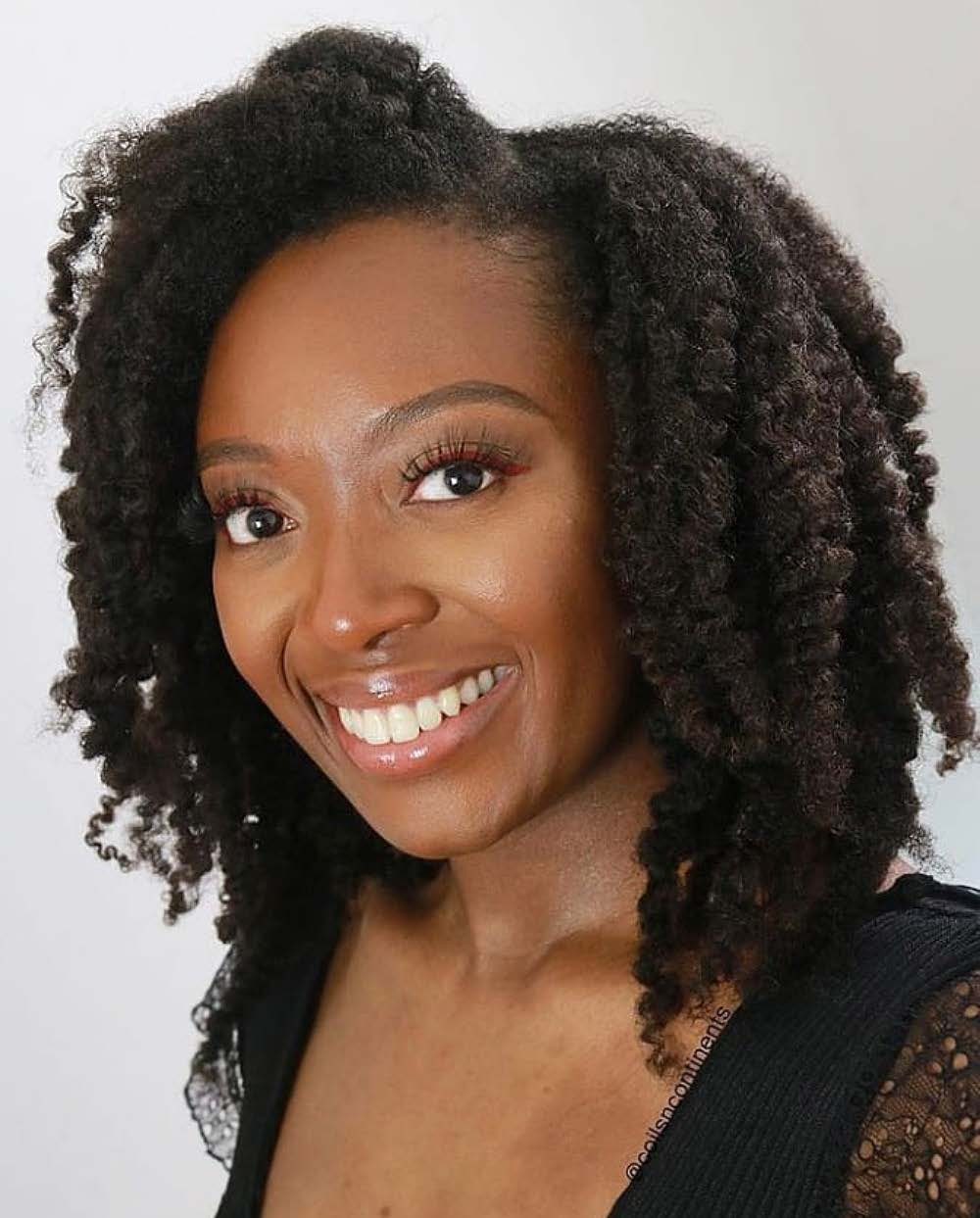
Moisturise hair
Hair must stay hydrated to maintain the elasticity needed to keep fragile curls growing. Ingredients like glycerin, hyaluronic acid and penetrating oils like avocado, monoi and grapeseed are good moisturisers for transitioning hair and can replenish lost moisture.
You can fuse them during your deep conditioning sessions before styling. Don’t worry about overdoing it; there is nothing like too much moisture, especially for low porosity hair or hair between the curly and straight phases.

Dorcas Akintoye is a versatile writer with a passion for beauty, fashion, relationships, and culinary delight. With a keen eye for detail and a passion for storytelling, she adds a touch of elegance to every topic she explores. She is a writer at THEWILL DOWNTOWN.




